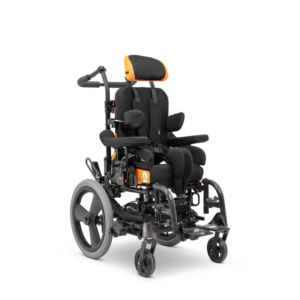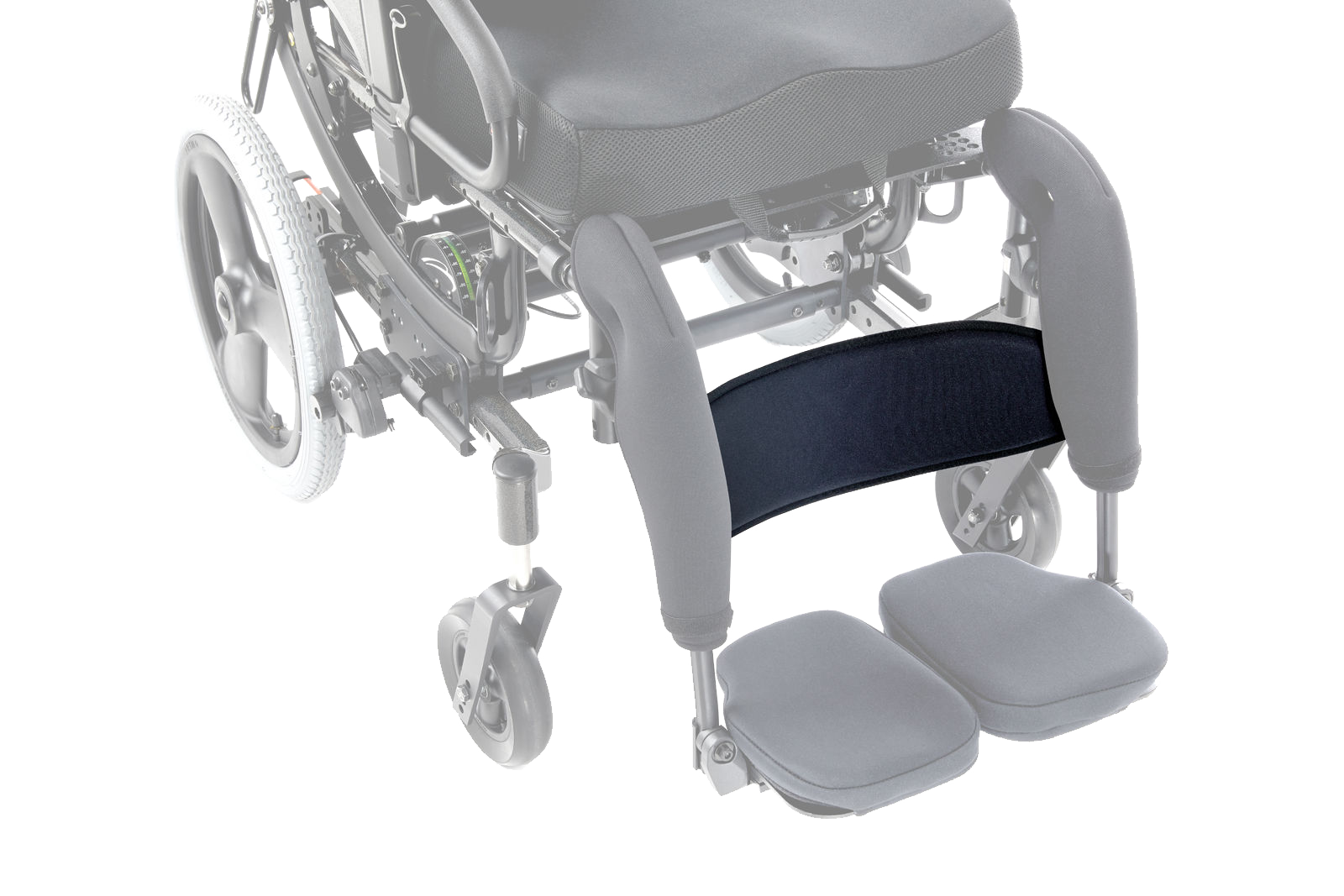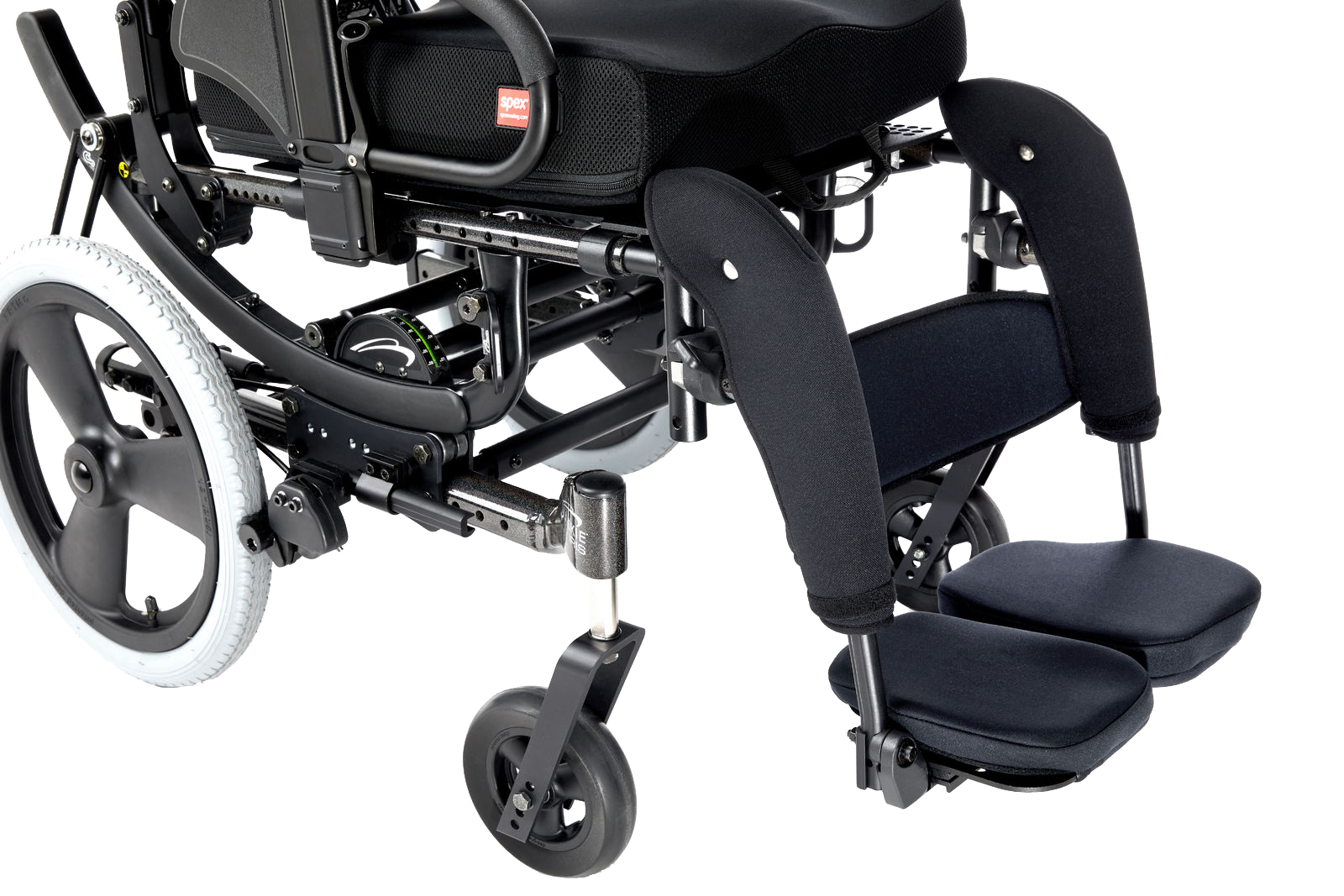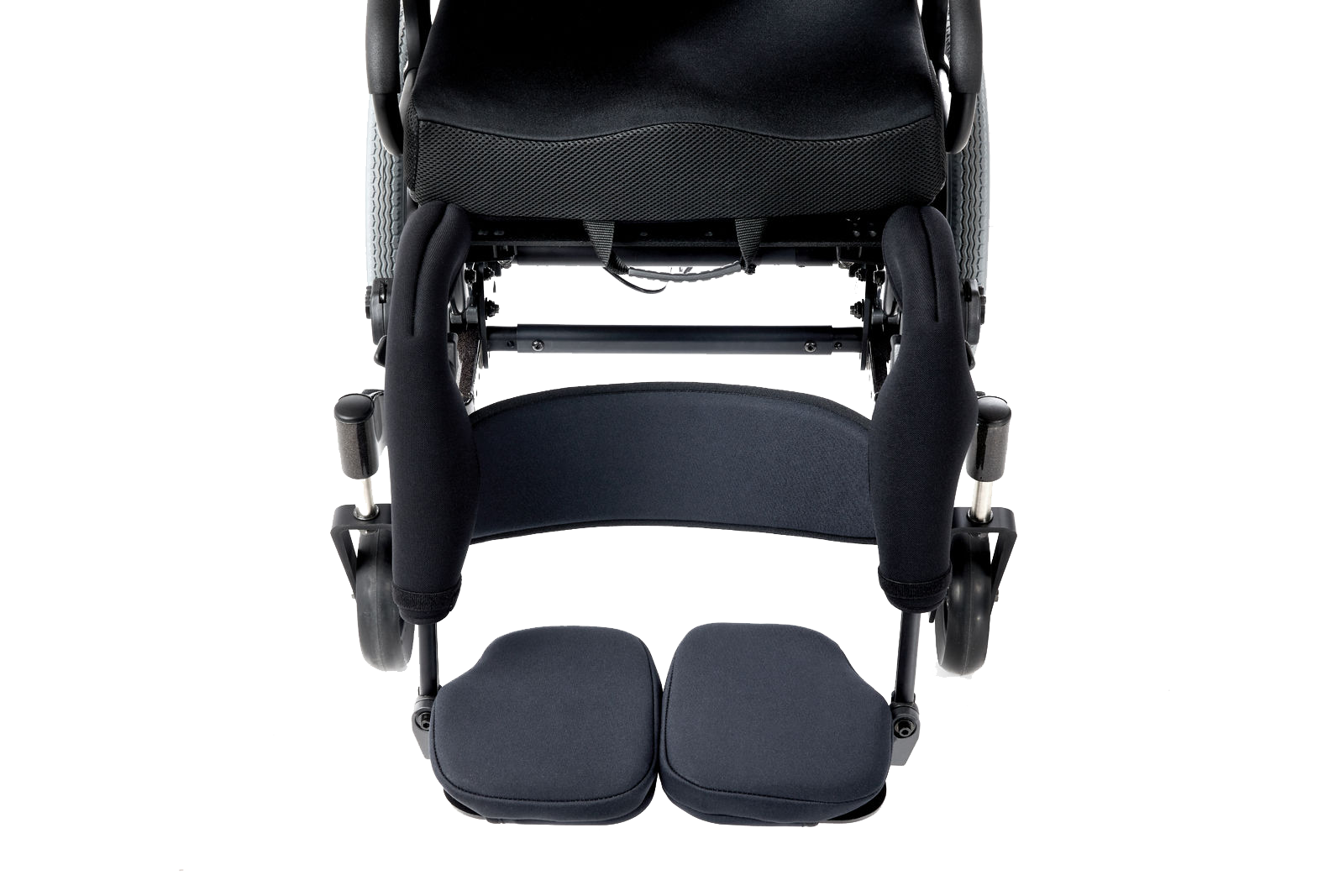When providing a seating solution, the focus is generally on the seating cushion, back support and footrests. The primary contact surfaces are the starting point, always, as these provide the major contributions to alignment and stability at the weight-bearing surfaces at the pelvis and the trunk and feet in sitting. There are additional postural support devices and accessories that help to maintain posture in sitting so that sitting effort is reduced, and pressure is offloaded for comfort and skin integrity. Calf straps are one of these accessories that can contribute to sitting stability, comfort and safety when in the wheelchair.
Calf straps can be viewed as performing a myriad of functions:
- They provide posterior support to the calf to prevent the feet from migrating backwards off the footrests.
- They provide additional support for pressure off-loading by providing an additional contact surface for the body in sitting
- This can add to a sense of increased stability during wheelchair mobility.
- This relieves pressure from the heel strap when the wheelchair seat is in tilt or if both hangers are elevated to the same degree.
- They can be used as a tool to alter the seat to leg rest support angle to align the feet on the footrests for optimal pressure distribution and loading to further improve sitting stability.
- They provide safety by preventing feet from becoming entrapped in the front caster wheels or dropping rearwards off the footrests during wheelchair mobility.
Calf straps should be considered in conjunction with foot positioning accessories, such as heel loops and footplate padding, so that pressure off-loading, and support is provided at both the foot and the calf. Calf straps can provide both a posture support role and a safety role considering the following definitions by Babinec et al. (2015):
- “Supports” are used to achieve a very specific position or posture of a body part in addition to minimizing migration in a specific direction.
- “Restraints” typically refer to devices that are used to limit harmful motion during vehicular transportation, or a device that is carefully controlled in many settings.
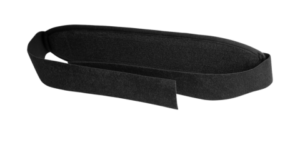
When considering comfort and the purpose for which it is intended, the fabric and size of the calf strap requires careful consideration. Thin, narrow straps may be adequate for safety and prevention of the feet migrating rearwards off the footrests during transit or wheelchair mobility. A padded and wider strap would be preferred for pressure off-loading and comfort. A stretchy fabric may allow for a more comfortable experience for wheelchair users with sensitivity or pain and who may have involuntary lower leg movements and tone fluctuations. The fabric and fastening mechanisms need to protect skin integrity by not contributing to friction and blistering. Another consideration is the ease of fitting, removing, and adjusting the calf strap position for the able wheelchair user and/or caregivers and how the calf strap handles wear and tear and cleaning.
| Basic Calf Strap | Padded Calf Strap | Calf Panel | |
|---|---|---|---|
| Spex Calf Support Options | 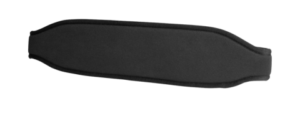 |
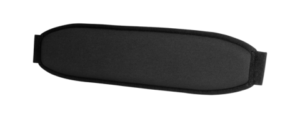 |
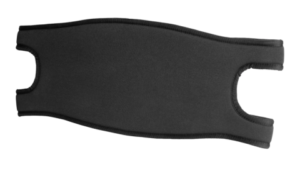 |
| Details | Simple Neoprene option for basic calf support requirements. | Padded Calf Strap with pressure-reduction foam for comfort and support. | Calf panel provides a larger surface area for greater pressure offloading. |
A key consideration for calf straps is lower leg range of movement limitations and position between the footrest hangers. If the calf strap is so taut that it pushes the calf forward, this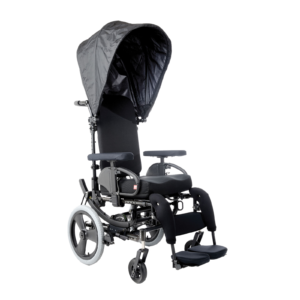 will affect the optimal alignment of the foot on the foot rest which can contribute to potential pressure area development, discomfort and reduced pressure distribution along the length of the foot on the footrest. Similarly, if it pushes the calves forward or attempts to pull the calves forward in the presence of a knee extension limitation and tight hamstrings, this can cause pain, pressure and result in the pelvis migrating forward on the seat which compromises pressure distribution and postural stability (Lange & Minkel, 2018, p.68). Care should be taken that the calf strap does not compromise the optimal position of feet on the footrests and/or pelvis on the seat cushion, cause pain because of pulling taut hamstrings to end range or contribute to pressure ulcer development.
will affect the optimal alignment of the foot on the foot rest which can contribute to potential pressure area development, discomfort and reduced pressure distribution along the length of the foot on the footrest. Similarly, if it pushes the calves forward or attempts to pull the calves forward in the presence of a knee extension limitation and tight hamstrings, this can cause pain, pressure and result in the pelvis migrating forward on the seat which compromises pressure distribution and postural stability (Lange & Minkel, 2018, p.68). Care should be taken that the calf strap does not compromise the optimal position of feet on the footrests and/or pelvis on the seat cushion, cause pain because of pulling taut hamstrings to end range or contribute to pressure ulcer development.
As with all accessories, the selection depends on a clear understanding of the postural presentation, the functional goals whilst using the wheelchair, knowledge of the clinical presentation (skin integrity, sensation, diagnosis and potential changes to presentation) and clear dialogue with the multidisciplinary team involved, including the wheelchair user and their caregivers. It should serve a clear purpose for the wheelchair user and can enhance stability, comfort, and safety when in the wheelchair.
- Babinec, M., Cole, E., Crane, B., Dahling, S., Freney, D., Jungbluth-Jermyn, B., Lange, M. L., Pau-Lee, Y.-Y., Olson, D. N., Pedersen, J., Potter, C., Savage, D., & Shea, M. (2015). The Rehabilitation Engineering and Assistive Technology Society of North America (RESNA) Position on the Application of Wheelchairs, Seating Systems, and Secondary Supports for Positioning Versus Restraint. Assistive Technology, 27(4), 263–271. https://doi.org/10.1080/10400435.2015.1113802
- Lange, M., & Minkel, J. (2018). Seating and Wheeled Mobility: A Clinical Resource Guide. Slack Incorporated.
- Stephens, M., & Bartley, C. A. (2018). Understanding the association between pressure ulcers and sitting in adults what does it mean for me and my carers? Seating guidelines for people, carers and health & social care professionals. Journal of Tissue Viability, 27(1), 59–73. https://doi.org/10.1016/j.jtv.2017.09.004
- Waugh, K., & Crane, B. (2013). 2013 GuidetoSeatingMeasuresRevisedEdition.November2013.pdf. Assistive Technology Partners. https://www.google.com/url?sa=t&rct=j&q=&esrc=s&source=web&cd=&ved=2ahUK…

